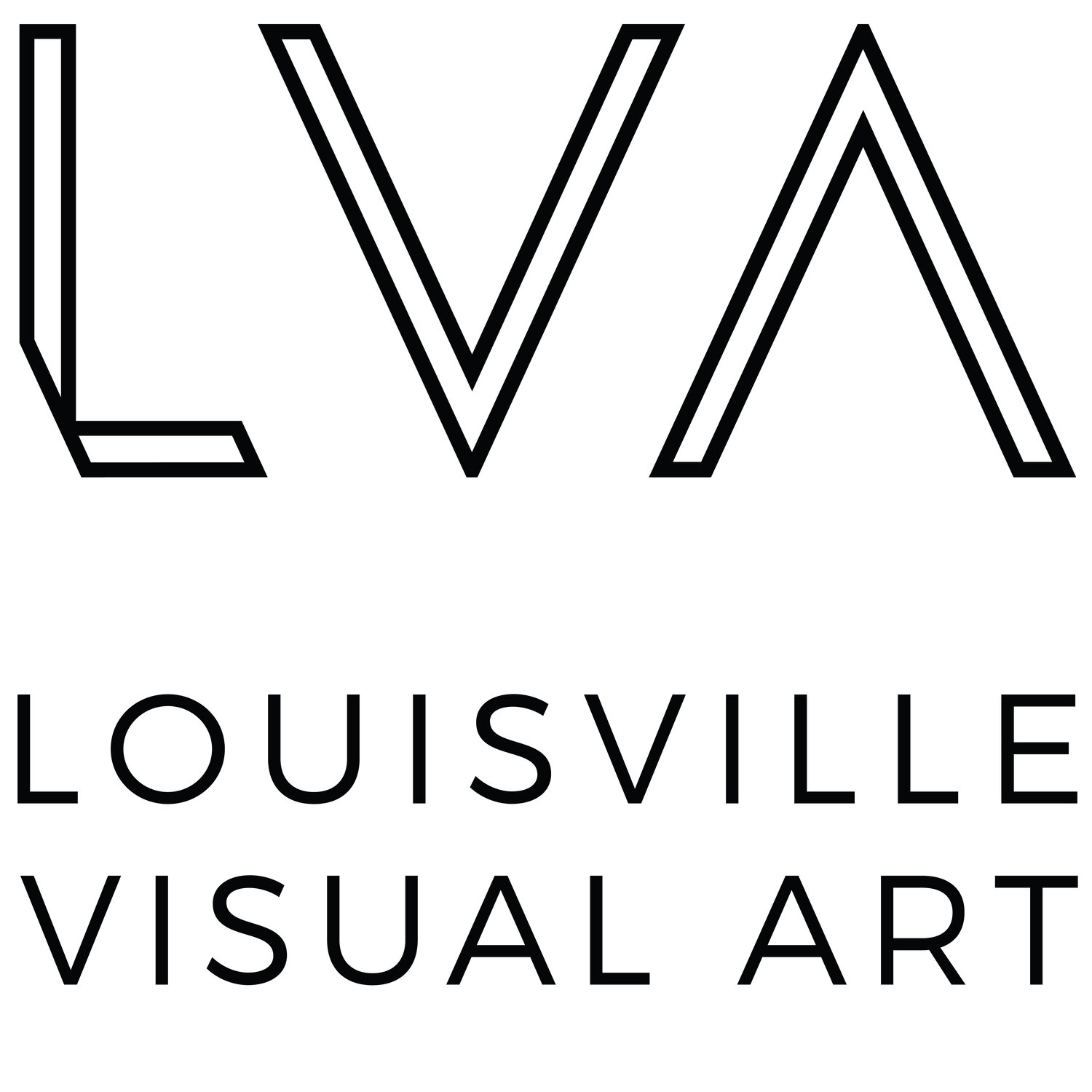
Hi Everyone!
We’re excited to launch Creative Clues, a new monthly feature of Art Starts at Louisville Visual Art. With each new Clue, we’ll provide some pointers to help you succeed and improve.
Creative Clues Showcase
CLUE: LIGHT
Deadline for artwork submissions: June 28, 2021 @ midnight
How to: Color Theory 1.1
There are many ways to talk about color. We will be going over the color wheel, color harmony and color context in the next few months. This month we will start with the basic color wheel. Did you know Sir Isaac Newton developed the first color wheel in 1666?
Primary Colors – RED, YELLOW, BLUE - For traditional color theory (used for painting and pigments), primary colors are the 3 colors that cannot be mixed by any combination of other colors. All other colors start from these 3 hues.
On the printable pdf, can you color in the primary colors using crayons, or colored pencils or paints. Can you find something in the room with the primary colors?
Secondary Colors – GREEN, ORANGE, PURPLE - These are the colors made by mixing the primary colors.
On the printable pdf, can you color in the secondary colors using crayons, or colored pencils or paints. If you only have red, yellow and blue, you may have to mix your secondary colors. Try it!
Tertiary Colors - YELLOW-ORANGE, RED-ORANGE, RED-PURPLE, BLUE-PURPLE, BLUE-GREEN, YELLOW-GREEN - These are the colors formed by mixing a primary and a secondary color. That's why the hue is a two word name, such as blue-green, red-violet, and yellow-orange.
On the printable pdf, can you color in the tertiary colors using crayons, or colored pencils or paints. That is a lot of color mixing, but you can do it!
Learn this basic color vocabulary. We will be using these words in our Creative Clues How To sections from now on.
Hue – the name of a color
Saturation – refers to the intensity or purity of the hue
• high saturation means the color looks very bright
• desaturation means the color looks very dull
Value – refers to the lightness or darkness of the color
• a value of 1 is almost invisible
• a value of 10 is the darkest a color can be
Shade – is the hue made by adding black
Tint – is the hue produced by adding white
Tone – is the hue made by adding gray
A Value Scale Experiment
Materials:
A regular school pencil
The printed pdf of the Value Scale
In value box 1, color in the lightest pencil you can. Then make each value box a bit darker until you get to value box 10, that should be the darkest your color your pencil will make.
Mixing Paints
Time to get out those paints and experiment a bit. By using your color wheels above, you can tell that if you mix blue into yellow you will get green and so forth. So, using small dabs of your paints, see what hues you can come up with. Start with just red, yellow and blue. How many hues can you make with just these 3 colors?
Paint mixing TIP – How to mix paints into each other.
• If you have a big glob of white paint and you want a medium gray color, you only need to mix a tiny dab of black paint into the white paint.
• If you have a big glob of black paint and want the same medium gray color, you will have to add a huge, huge amount of white paint into the black paint. So, if you don’t want to waste paint, mix dark colors into light colors.
• Oh, and clean your brushes!
Send in your TOGETHER artwork
Deadline for artwork submission is July 29, 2021 at midnight.
Content: family friendly (LVA will determine if artwork is appropriate to share online.)
Ages 5 to 105!
Photo Guidelines: here is a nifty link, if you want to learn to take great pictures of your artwork
Consent and Permission: By filling out the form below, you give LVA permission to display your artwork and information in the Creative Clue Showcase. *NOTE: if you are under 18 years old, please have a parent or guardian complete the form.
Address: email artwork to: artstartshere@louisvillevisualart.org
Social Media: you may share your artwork on Instagram: #artwithinreach, #ArtStartsAtLVA
LVA will notify you if your artwork is in the Creative Clues Showcase at the end of the month. artstartshere@louisvillevisualart.org
Remember to use your past How To pages to come up with creative solutions for your new clue:
January 2021 - Winter -Thumbnails
February 2021 -Heart - Research
March 2021 - Chair - Develop Your Artist Eye
April 2021 - Spring
May 2021 - Breeze
June 2021 - Light
July 2021 - Together
August - Trees
Send in your BREEZE artwork
Deadline for artwork submission is May 27, 2021 at midnight.
Content: family friendly (LVA will determine if artwork is appropriate to share online.)
Ages 5 to 105!
Photo Guidelines: here is a nifty link, if you want to learn to take great pictures of your artwork
Consent and Permission: By filling out the form below, you give LVA permission to display your artwork and information in the Creative Clue Showcase. *NOTE: if you are under 18 years old, please have a parent or guardian complete the form.
Address: email artwork to: artstartshere@louisvillevisualart.org
Social Media: you may share your artwork on Instagram: #artwithinreach, #ArtStartsAtLVA
LVA will notify you if your artwork is in the Creative Clues Showcase at the end of the month.









